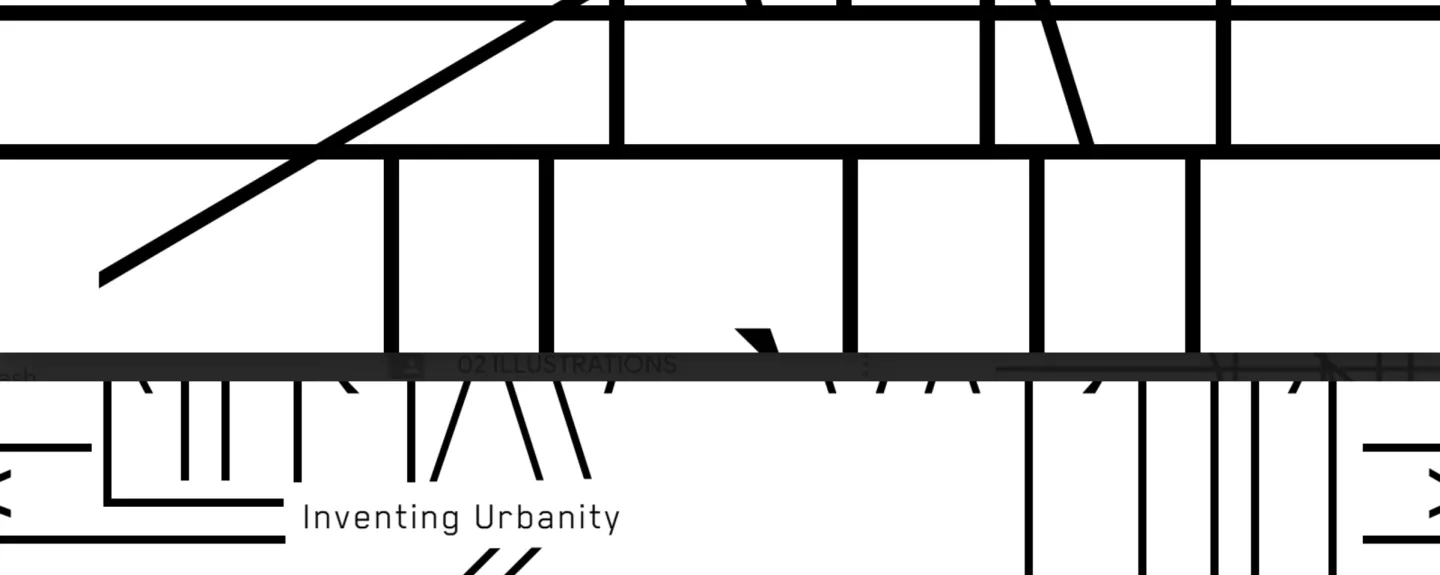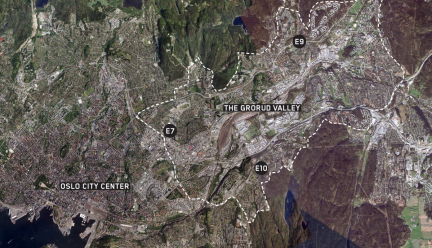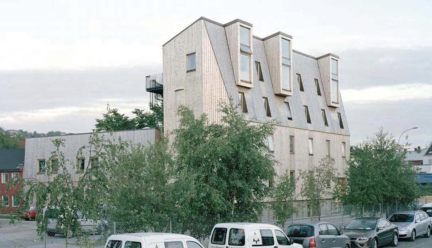European urbanity

Contributing to our urban character is the principal task for architects, landscape and urban design professionals. Public space is framed by buildings, occupied by street furniture, defined by routes that cross them, and create a dialogue with ‘soft’ landscaping – water, air, vegetation. These are the elements that inform the atmosphere of the place. Urban character is related to the landscape, the feel, the place. Public spaces are perceived from a variety of points of view, either static (from a building), or through the experience of moving, (by foot, or vehicle).
The Europan competition is concerned with the domain between urban planning and building construction: The intention is to elicit a discussion on public and private space, and to bridge between architecture and urbanism: to make urbanism more ‘architectural’.
LIVING IN TODAY’S RESIDENTIAL DISTRICTS: DISTANCE AND PROXIMITY
Two tendencies are pulling home life in different directions: on one hand our growing individualism and autonomy, our professional mobility, the diversity of social groups within one family, the speed of communications and travel, and on the other hand a strong desire to have neighbourhood-scaled social networks.
This tension means we have to consider our residential areas in a new light.
How do we create new residential areas when there is so much change? How can innovative typologies and programmatic requirements play a role in addressing complex changing nature of urban space?
SUSTAINABILITY
Sustainability is a necessity, originating from the growing awareness of the interdependence of the entire planet. The contemporary Europan city needs to respect the principles of sustainable development.
Working towards this does not mean only performing to measurable criteria of sustainability, but also developing a strong message of the effects of sustainability on architectural and urban projects.
The sites
-

Oslo
Haugerud centre is a true born child of the utopian ideals of the Modern Movement. Once considered…
-

Trondheim
The Europan site in Trondheim is located in the district of Nyhavna, a place full of contradictions…
-

Vardø
Cedant tenebrae soli – darkness shall give way to the sun. The motto in Vardø’s coat of arm has a…